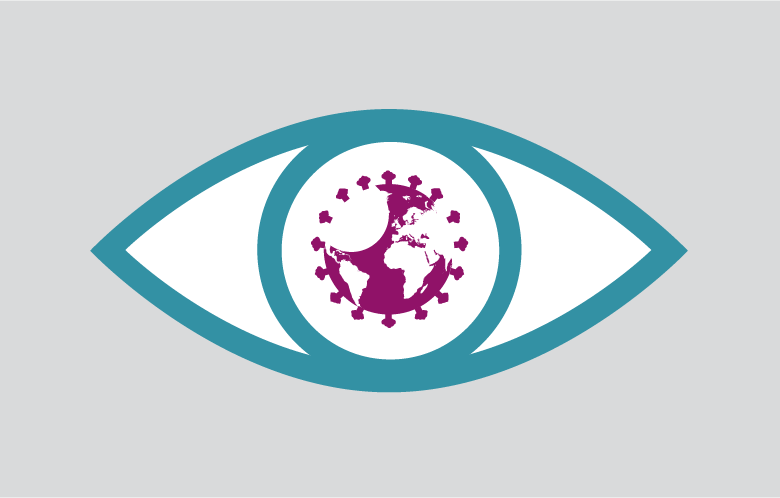For those living in regions where mosquito-borne illnesses are a constant part of life, recent news heralded a breakthrough in disease prevention. On October 6, 2021, the World Health Organization endorsed the first malaria vaccine shown to help prevent the disease. While there is room for improvement, this represents a major step toward malaria prevention.
Malaria is a systemic red blood cell infection caused by protozoan parasites of genus Plasmodium. In 2019 alone, 229 million malaria cases were reported worldwide, with a particularly high disease burden in sub-Saharan Africa. Although malaria cases have been steadily declining in the past 20 years, nearly half a million people died from malaria last year, with two-thirds of those deaths occurring in children in Africa under age five. Malaria can also occur multiple times throughout a person’s life, making it an ever-present threat for residents of endemic areas. Thus, malaria prevention remains an extremely urgent public health need.
The vaccine, called RTS,S — also known by its brand name, Mosquirix — targets the deadliest and most common malaria parasite, Plasmodium falciparum. Historically, parasites have been much more difficult to target with vaccines than other pathogens due to the complexity of their genomes, which far exceeds viruses and bacteria. RTS,S represents the first vaccine developed against any parasitic disease. Scientists have been working toward a malaria vaccine for more than a hundred years, and RTS,S has been in development for 30 years, costing more than 750 million dollars. Trials began in April 2019, with vaccine doses given to 800,000 children in Kenya, Malawi and Ghana.
Although the development is historic, concerns remain about the extent of whether the vaccine will change the public health landscape. In clinical trials, RTS,S had only modest efficacy, preventing about 30 percent of severe malaria cases. Additionally, the vaccine requires a four-dose series over 18 months in children under five, a vaccine schedule that can be particularly difficult to implement in the resource-limited settings where malaria is most prevalent. Infrastructure concerns may also hinder rollout, as many African countries have struggled with vaccine shortages and supply chain issues during the COVID-19 pandemic. And vaccine hesitancy, which has made the COVID-19 vaccine campaign difficult, may slow adoption of the malaria vaccine as well.
Although RTS,S falls far below the efficacy of most childhood vaccines, there remains a reason for optimism. A modeling study suggests that administering the vaccine to all children in countries with a high incidence of malaria would prevent the deaths of 23,000 children per year.
Due to concerns regarding efficacy and the ease of rollout, RTS,S will need to serve as part of a multi-pronged strategy for malaria prevention, which also depends on mosquito avoidance, prophylactic medications, rapid detection and treatment. Combining vaccination with chemoprophylaxis may improve the efficacy of both measures. Other vaccines are also in development, some of which may be more effective at preventing severe malaria.
Until then, hope remains that this historic vaccine may help to turn the tide on malaria.



